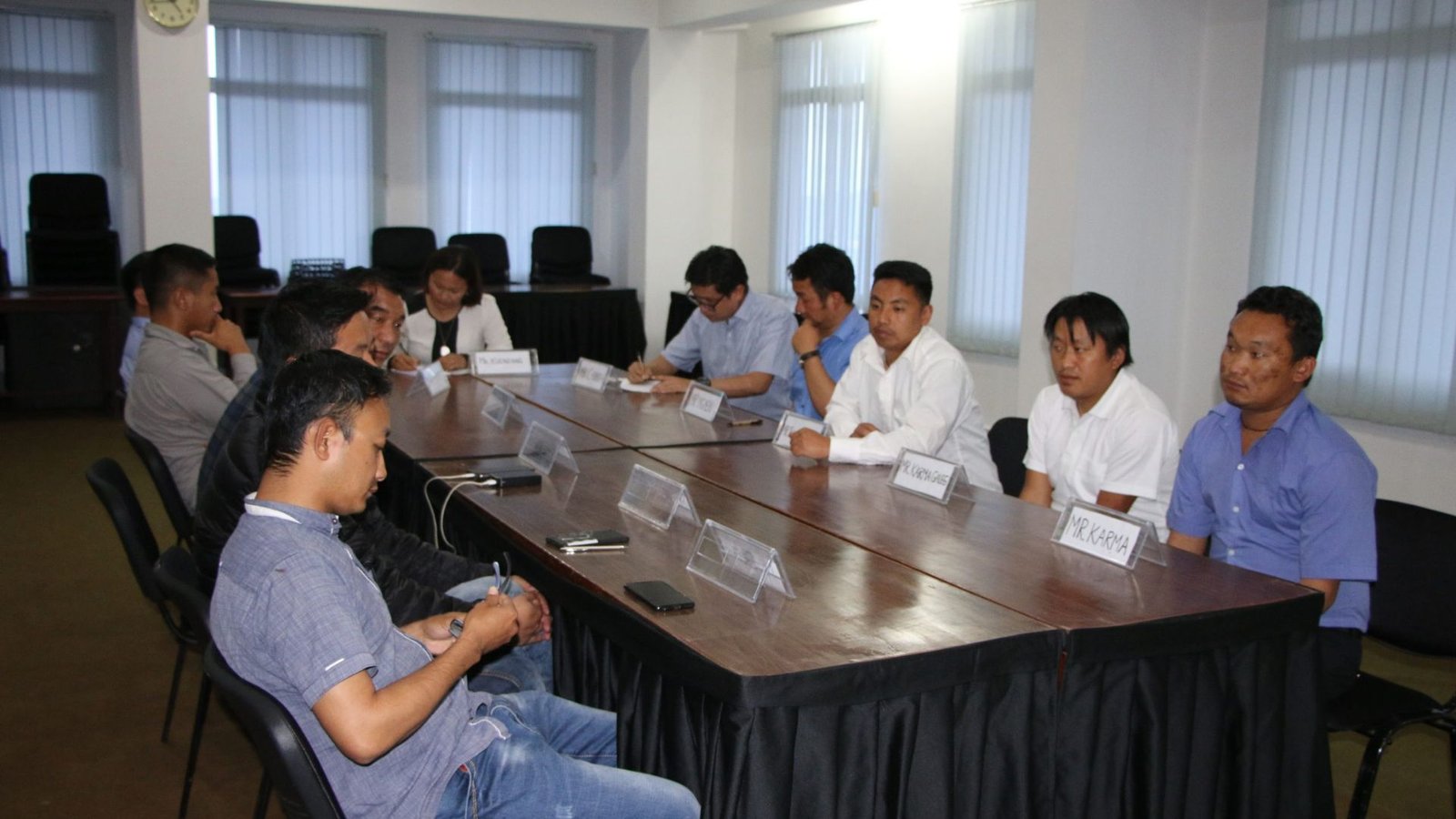When we talk about how to address intersectionality in disability advocacy, we recognize that individuals with disabilities often face multiple layers of discrimination. This can be based on race, gender, sexual orientation, socioeconomic status, and other factors. By understanding and addressing these intersections, we can create more effective and inclusive advocacy efforts. In this article, we’ll discuss essential strategies for addressing intersectionality in disability advocacy, ensuring that we uplift the voices of all individuals with disabilities.
1. Understand Intersectionality
The first step in how to address intersectionality in disability advocacy is to understand what intersectionality means. Coined by Kimberlé Crenshaw, the term describes how different social identities overlap and interact. For example, a Black woman with a disability may face unique challenges that are different from those experienced by a white woman with a disability. Recognizing these complexities is crucial in creating effective advocacy strategies.

2. Center the Voices of Diverse Individuals
To effectively address intersectionality in disability advocacy, we must center the voices of individuals from diverse backgrounds. This means actively listening to the experiences of people with disabilities who also belong to marginalized communities. By prioritizing their perspectives, we can ensure that our advocacy efforts address the specific needs and concerns of these individuals. Amplifying diverse voices not only enriches our understanding but also fosters inclusivity.
3. Collaborate with Other Advocacy Groups
Collaborating with other advocacy groups can enhance our efforts in addressing intersectionality in disability advocacy. Working with organizations that focus on racial justice, gender equality, LGBTQ+ rights, or economic equity can help us create a more comprehensive approach. These partnerships allow us to share resources, knowledge, and strategies, ultimately leading to stronger advocacy outcomes. Together, we can address the multiple layers of discrimination faced by individuals with disabilities.
4. Educate Yourself and Others
Education plays a significant role in understanding how to address intersectionality in disability advocacy. Take the time to learn about the unique challenges faced by individuals at the intersections of various identities. This can involve reading books, attending workshops, or engaging in discussions with experts and community members. By educating ourselves and others, we can raise awareness and foster a more inclusive environment for everyone.
5. Create Inclusive Spaces
Creating inclusive spaces is essential for effective disability advocacy. This means ensuring that events, meetings, and activities are accessible to individuals from diverse backgrounds. Consider factors such as physical accessibility, language interpretation, and cultural sensitivity. By fostering an inclusive environment, we encourage participation from a wide range of voices, making our advocacy efforts more representative and impactful.
6. Advocate for Policy Change
Addressing intersectionality in disability advocacy also involves advocating for policy changes that consider the needs of all individuals with disabilities. This includes pushing for legislation that promotes equity and accessibility across various sectors, such as healthcare, education, and employment. By advocating for inclusive policies, we can help dismantle systemic barriers that disproportionately affect marginalized individuals with disabilities.
7. Use Inclusive Language
Language matters in advocacy. Using inclusive language is a vital part of addressing intersectionality in disability advocacy. Be mindful of the words you choose and strive to use language that respects all identities. This includes using gender-neutral terms and avoiding language that perpetuates stereotypes. By promoting inclusive language, we can create a more welcoming environment for individuals with diverse backgrounds.
8. Address Implicit Bias
Implicit bias can affect how we approach disability advocacy and how we perceive individuals with disabilities. To effectively address intersectionality, we must confront our own biases and challenge stereotypes. This involves reflecting on our assumptions and being open to learning from the experiences of others. By addressing implicit bias, we can create a more equitable advocacy landscape.
9. Measure and Share Outcomes
To understand how effectively we are addressing intersectionality in disability advocacy, it’s important to measure and share our outcomes. This involves collecting data on the impact of our advocacy efforts and analyzing whether we are reaching diverse communities. By sharing these outcomes, we can highlight successes and identify areas for improvement. Transparency in our advocacy work fosters accountability and encourages ongoing dialogue.
10. Foster a Culture of Continuous Improvement
Finally, fostering a culture of continuous improvement is essential for addressing intersectionality in disability advocacy. This means regularly evaluating our strategies and seeking feedback from diverse stakeholders. By remaining adaptable and open to change, we can ensure that our advocacy efforts are responsive to the evolving needs of individuals with disabilities. Continuous improvement allows us to refine our approach and remain effective in our advocacy work.
Conclusion
In conclusion, addressing intersectionality in disability advocacy requires a comprehensive approach that includes understanding diverse experiences, centering marginalized voices, and advocating for inclusive policies. By collaborating with other groups, educating ourselves, and fostering inclusive spaces, we can create more effective advocacy efforts. As we continue this important work, let’s remember that everyone deserves a voice and that our collective efforts can lead to meaningful change.








